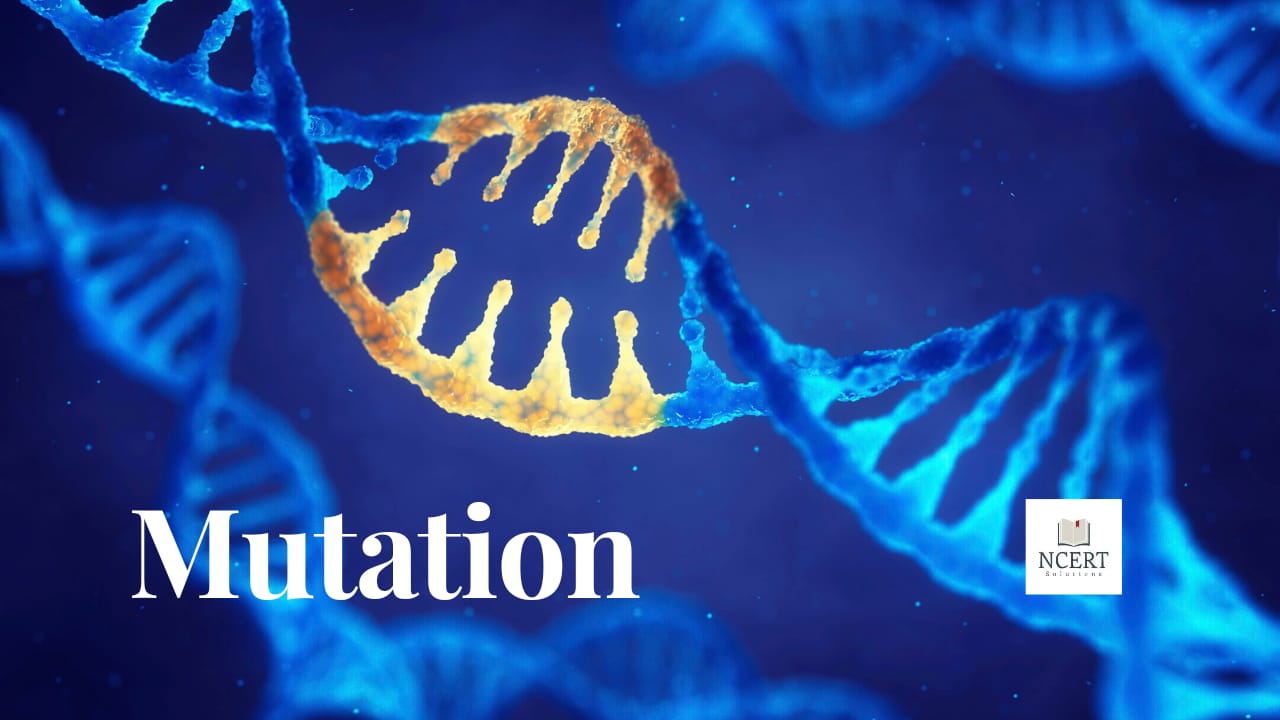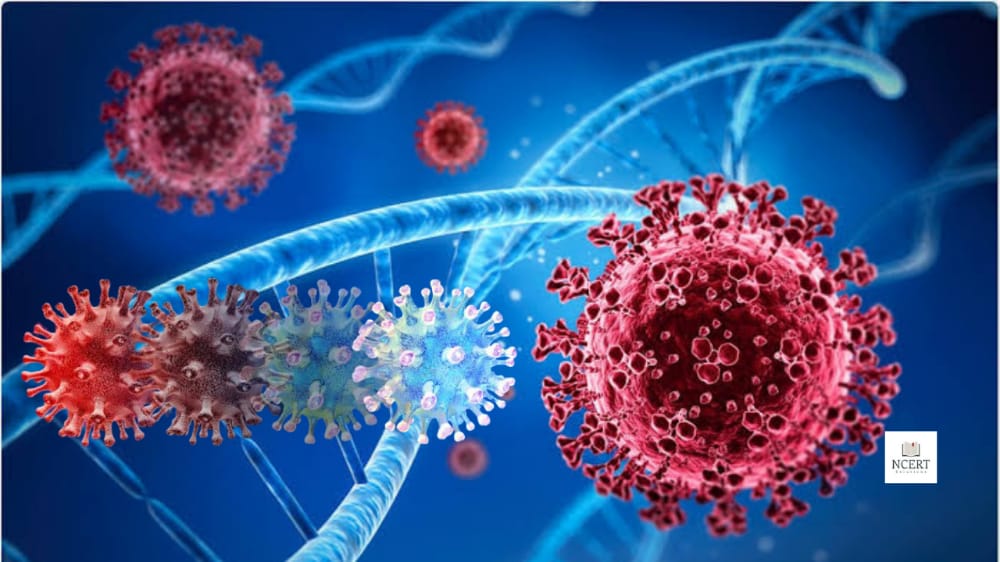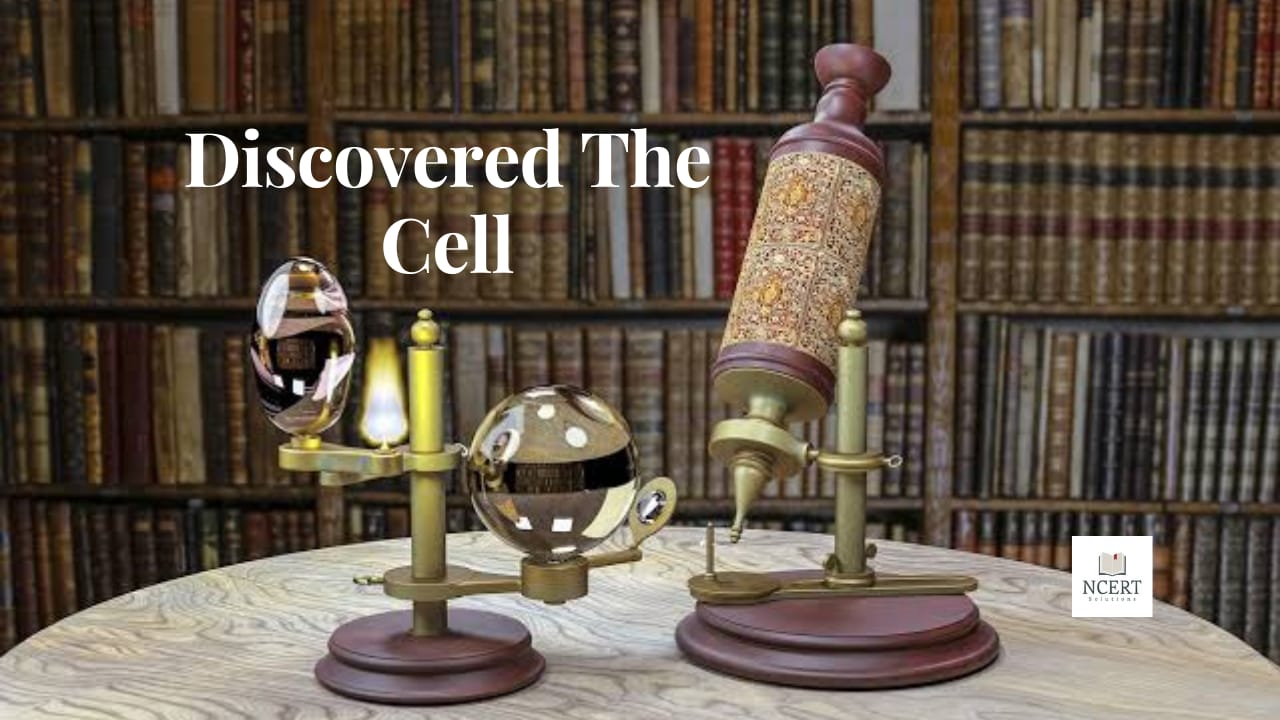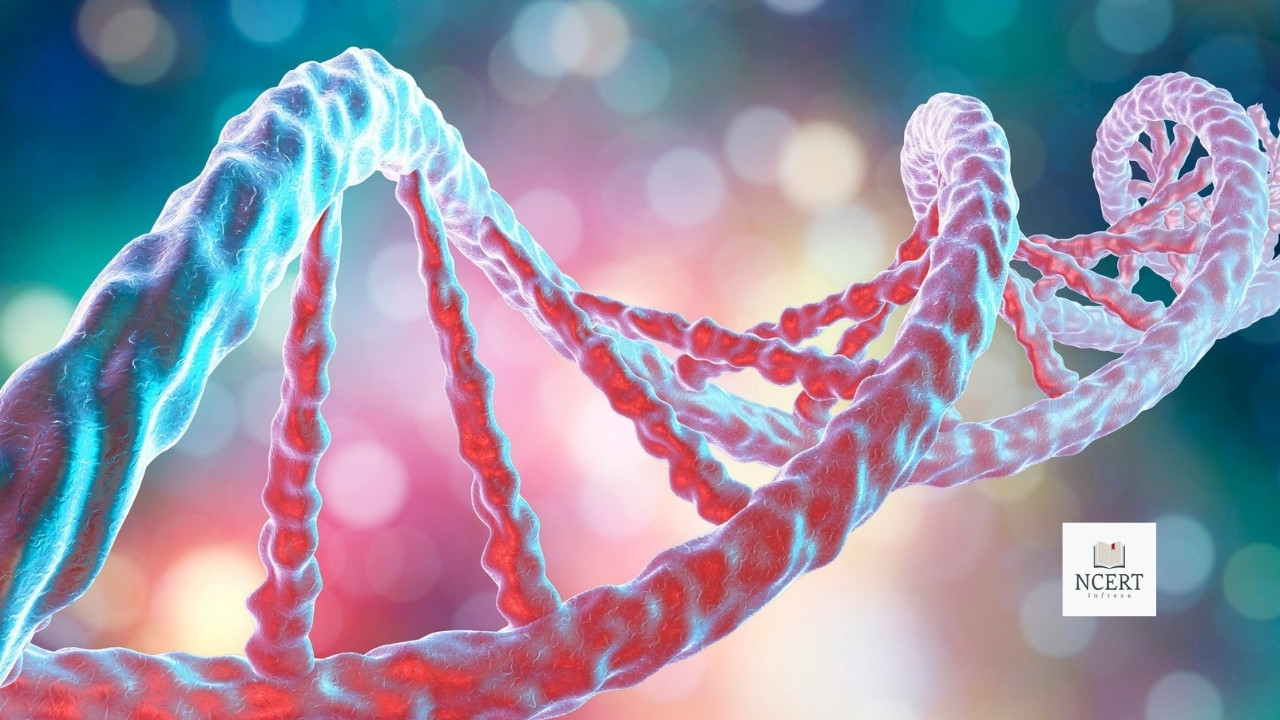A mutation is a sudden and heritable change in an organism’s characteristics. They can happen naturally or be caused by external factors. Let’s explore the types, characteristics, and uses of mutations in detail.
Types of Mutations
1. Spontaneous Mutations
Spontaneous mutations happen naturally without any outside influence. They are caused by:
- Errors during DNA replication: Mistakes made by enzymes when copying DNA.
- Spontaneous lesions: Natural breakdowns or changes in DNA, such as loss of DNA bases (depurination) or removal of amino groups from DNA (deamination).
- Transposable elements: DNA sequences that can move around the genome and cause mutations.
Example: A study BY the National Cancer Institute, found that errors during DNA replication can cause mutations leading to cancer.
2. Induced Mutations
They are caused by external factors, called mutagens. These can be physical or chemical:
- Physical Mutagens: X-rays, gamma-rays, and UV rays that can break or alter DNA.
- Chemical Mutagens: Substances like sodium azide and ethyl methane sulfonate that can change DNA structure.
Example: H.J. Muller discovered in 1927 that X-rays can cause mutations, leading to his Nobel Prize in 1946. For more information on how mutations affect viruses, see our detailed article on Viral Mutation.
Characteristics
- Recessive Nature: Most mutations result in recessive traits, which only show up if an organism has two copies of the mutant gene.
- Random Occurrence: Mutations happen randomly and can affect any gene.
- Mostly Harmful: While many mutations are harmful, some can be beneficial and lead to evolutionary advantages.
- Mutation Rates: Spontaneous mutation rates are generally low, but induced mutation rates can be higher when exposed to mutagens.
Applications
- Genetic Variation Mutations create genetic diversity, which is essential for evolution and breeding programs.
- Mutation Breeding for Oligogenic Traits: Mutation breeding uses mutagens to create new plant varieties with desirable traits controlled by a few genes (oligogenic traits).
Example: By using mutation breeding, scientists have developed new crop varieties with higher yields, better disease resistance, and improved nutritional content.
Difference Between Induced Mutation and Spontaneous Mutation
Spontaneous Mutations
- Occur naturally.
- Caused by internal factors like DNA replication errors.
Induced Mutations
- Caused by external factors (mutagens).
- Examples include X-rays and chemical substances.
FAQs
Q.1: Who is called a Mutant?
The first organism to show a new trait due to mutation.
Q.2: Who is the Father of Mutation?
Hugo de Vries, proposed the theory in 1900 and called the father.
Q.3: Who First Induced Mutations Using X-rays?
H.J. Muller in 1927.
Q.4: Why Did Muller Receive the Nobel Prize in 1946?
To discover the mutagenic effects of X-rays.
Q.5: Who Discovered the Mutagenic Properties of Mustard Gas?
Auerbach & Robson.
Q.6: What Causes New Species to Arise in Nature?
Mutations and recombination of genetic material.
Q.7: What is the Source of Genetic Diversity Present in an Organism?
Mutation and recombination.
By understanding the different types of mutations, their characteristics, and their applications, students can appreciate the role of mutations in biology and their importance in fields like agriculture and medicine.




